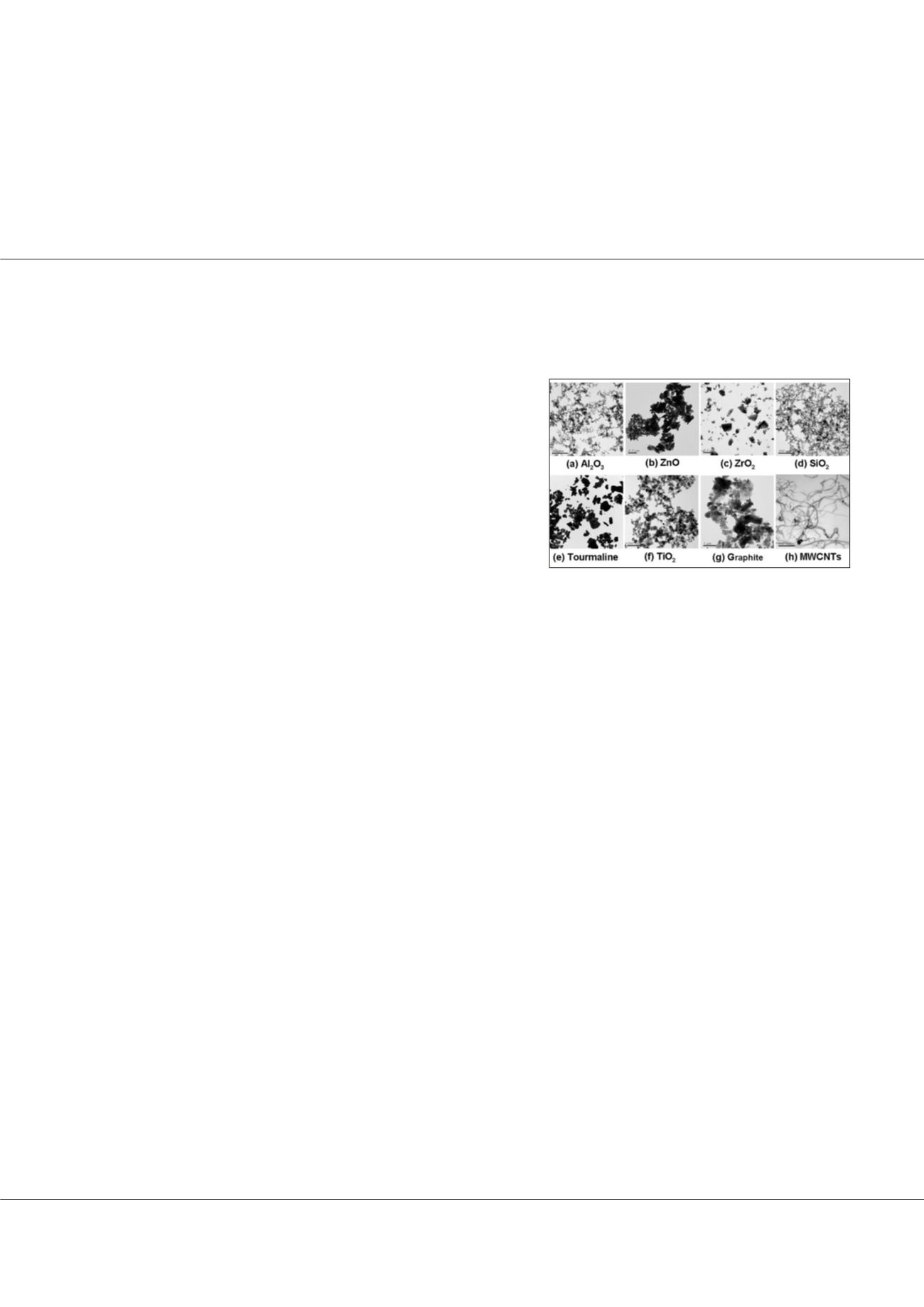

Page 38
Notes:
conferenceseries
.com
Volume 9
Journalof Nanomedicine&Nanotechnology
Asia Pacific Nano Congress 2018
August 10-11, 2018
August 10-11, 2018 Osaka, Japan
2
nd
World Congress on
Nanoscience and Nanotechnology
Preliminary discussion and verification for far infrared radiation energy
Chun Chi Chung, Tun Ping Teng and Ting Chiang Hsiao
National Taiwan Normal University, Taiwan
F
ar-infrared radiation energy can enhance the disturbance of fluid
molecules and their collision with surrounding objects, thereby
promoting energy transfer. However, the far-infrared radiation energy of
such materials still requires verification. In this study, 2.5 wt.% far-infrared
radiation materials (FIRMs; namely Al
2
O
3
, ZnO, ZrO
2
and SiO
2
), artificial
far-infrared ceramics, TiO2, graphite and multi-walled carbon nanotubes
were added to acrylic paints to form Far-Infrared Coatings (FIRCs). These
FIRCs were coated on stainless steel plates and mounted in PMMA cuvettes.
Each cuvette was then filled with 2 mL of 0.2 wt.% Al
2
O
3
/water nano-fluid
(AWNF) as a spectrometer sample and the absorbance of the samples was
measured initially and after 24 hours at different ambient temperatures (30
°C, 40 °C, 50 °C and 60 °C). The far-infrared radiation energy intensity of
each sample was evaluated based on the difference in AWNF absorbance before and after standing for 24 hours. The results
showed that FIRCs with different FIRMs could improve AWNF suspension performance at different ambient temperatures in
most cases. Among these FIRMs, ZnO had the strongest effect on improved AWNF suspension performance. However, FIRCs
with different FIRMs still varied considerably at different ambient temperatures in terms of improved AWNF suspension
performance. This phenomenon indicates that ambient temperature also affects the far-infrared radiation energy intensity of
FIRMs.
References
1. Choi S J, Cho E H, Jo H M, Min C, Ji Y S, Park M Y, Kim J K, Hwang S D (2016) Clinical utility of far-infrared therapy
for improvement of vascular access blood flow and pain control in hemodialysis patients.
Kidney Research and Clinical
Practice;
35(1): 35-41.
2. Hsu Y C, Teng T P (2016) Enhancement of isobutane refrigerator performance by using far-infrared coating.
Energy
Conversion and Management
; 128: 20-27.
Biography
Chun Chi Chung is graduate student in Department of Industrial Education, National Taiwan Normal University, Taipei, Taiwan. His major research fields are in
nano-materials, HVAC & R engineering and energy-saving technique.
sekee0118@gmail.comChun Chi Chung et al., J Nanomed Nanotechnol 2018, Volume 9
DOI: 10.4172/2157-7439-C6-082
Figure-1:
TEM images of FIRMs.














